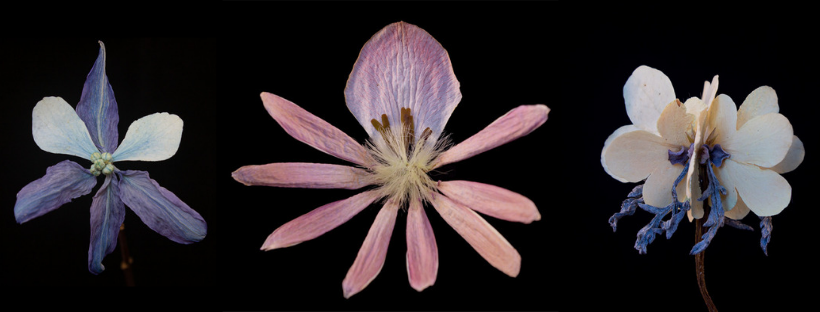Name: Katrina Vera Wong
Which came first in your life, the science or the art?
Academically I’d been in the science stream since I started school in Singapore. I loved biology but wasn’t so keen or adept at chemistry and physics. Though my teachers encouraged me to switch my core to literature, the humanities remained my electives. In my opinion, artistic creativity isn’t really valued in Singapore’s education system (unless it directly affects your grades) so there was some pressure for me to stick with science.
“Artistic creativity isn’t really valued in Singapore’s education system (unless it directly affects your grades) so there was some pressure for me to stick with science.”
Katrina Vera Wong
It was only at the University of Victoria that I fully embraced both science and literature. I graduated with a BSc Double Major in Biology and English and became a writer. My early writing career brought me closer to the arts but my love for flowers came to me in a weird way.
Admittedly, in my five and a half years at UVic, I didn’t take a single plant course. I was all about animals and marine biology. At some point I wanted to give the doctor route a try and volunteered at a hospital, where I assisted a resident in arranging flowers for the lobby. Folks working there expressed concern to me about the temperament of the resident but I had the best time with her. My health and the stress of school unfortunately plucked me out of that experience but I’ll never forget it.
Right before I graduated, I spent some days in the UVic herbarium learning how they preserved and mounted plants. And when I moved to Vancouver, I met a girl who gave me a nudge to explore my idea of collaging flowers from real plants. I made her the first one and gave it to her on her birthday.
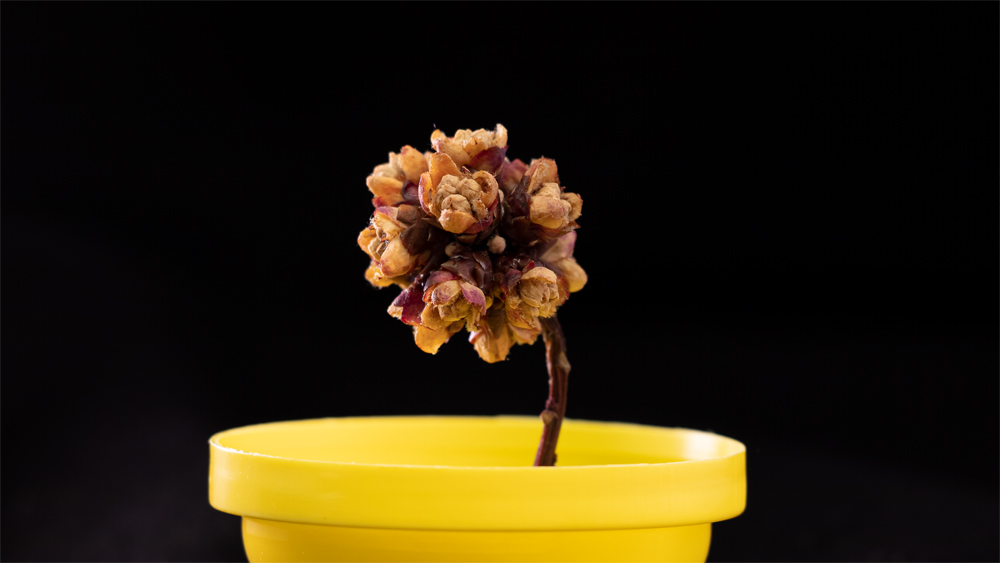
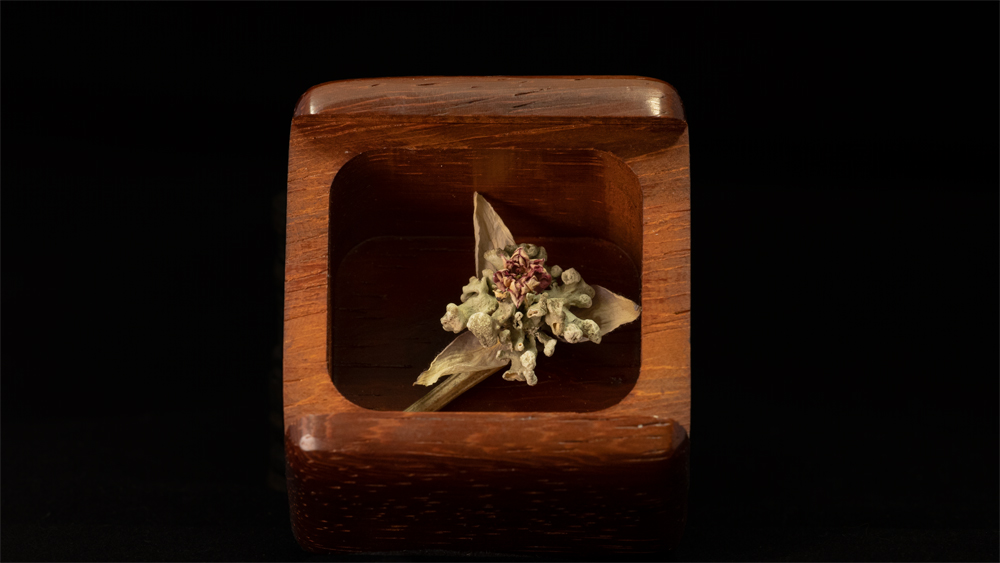
Which sciences relate to your art practice?
Mainly botany and herbaria-related preservation, but I’m beginning to incorporate evolution, adaptation, and climate research.
I want to make flowers with more intent. Along the way, I’ve been learning more about plants and trying to identify which plants I’ve collected so far, but at this point it’s often difficult to identify them because dried plants can look vastly different from their fleshier counterparts, especially if they’ve been taken apart.
I used to think plants were boring but now I’m wearing lenses of a different shade. Even experiments conducted on plants are so brilliant in their simplicity that I must admire them. I might’ve done better in school if I’d discovered this sooner.
“I used to think plants were boring but now I’m wearing lenses of a different shade…..It’s astounding how flowers have adapted to their environment and their pollinators.”
Katrina Vera Wong
It’s astounding how flowers have adapted to their environment and their pollinators. The bee orchid, for example, developed a form that resembles a bee in order to attract its pollinator through sexual deception. Wonder-struck by that, I made F. pluviagutta (a Latin combination of “rain” and “drop”) to resemble a small cumulus cloud. The concept behind it was to create a flower that could attract rain in instances of drought via some chemical emission. As a lone flower, it might only summon a droplet, but with masses of them stacked high in a tree, where they might start to resemble a cumulonimbus cloud, it might extract a shower from remaining water vapour.

At the time of its making, I was too confident that F. pluviagutta’s ability would be purely fantastical. I was very surprised to learn that corals actually produce and release a chemical called dimethyl sulfide, which attracts water vapour once it hits the air to create a cloud above the coral and provide it shade. How wild is that! I had a moment where I was like, “Man, no matter what we think of, nature’s already a step ahead.” Of course, there are far brighter humans, but there’s also truly no end to what we can discover and learn from nature.
What materials do you use to create your artworks?
Using the tools from my college dissection kit, I make my flowers from various species and parts of dried plants, all held together with a dense glue. Most of my plant material has been taken from my ikebana classes or bought from flower shops. In the beginning I did pluck plants from here and there, but when I met ethnobotanist T’uy’t’tanat-Cease Wyss for an article I was working on, I learned of the need for permissions to take from certain areas. I’ve since been more mindful of where my material comes from.
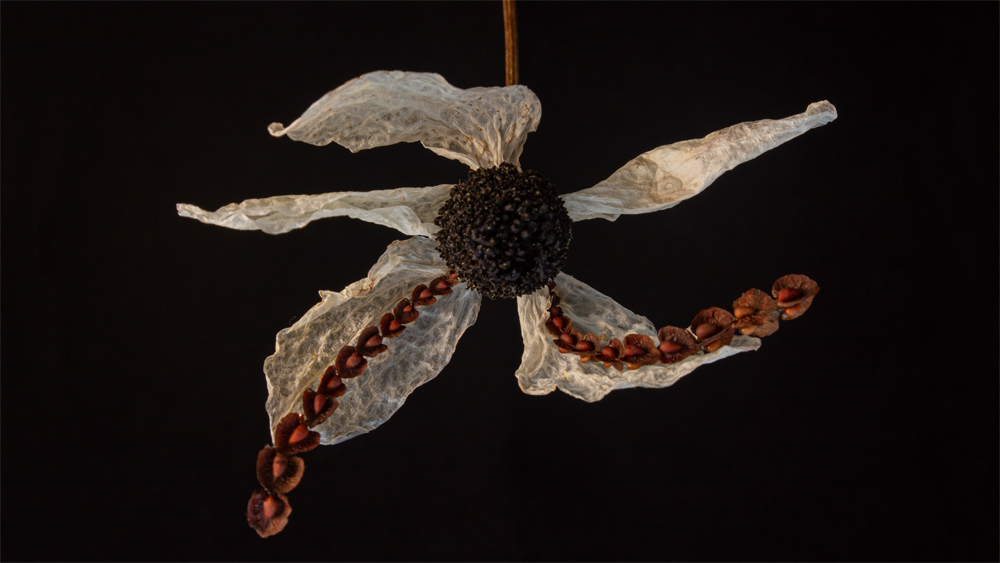
Artwork/Exhibition you are most proud of:
I’m most proud of F. tata, the flower I made for my dad. I made it in the fuzzy moments after I learned of his death, which occurred about a month after I started making flowers. For me, it marks the end and beginning of something. Even though I’ve made stranger and more beautiful flowers since, it is absolutely the closest one to my heart.
My first exhibition, Closer, is currently on at the Beaty Biodiversity Museum (May 18 – Nov 10, 2019). It’s a joint exhibition with stellar artist and photographer, Julya Hajnoczky.
My Frankenflora are nestled in the herbarium section of the Beaty and I think it’s such a crazy first because it’s the perfect place for them. I’m very grateful for their confidence in my work.
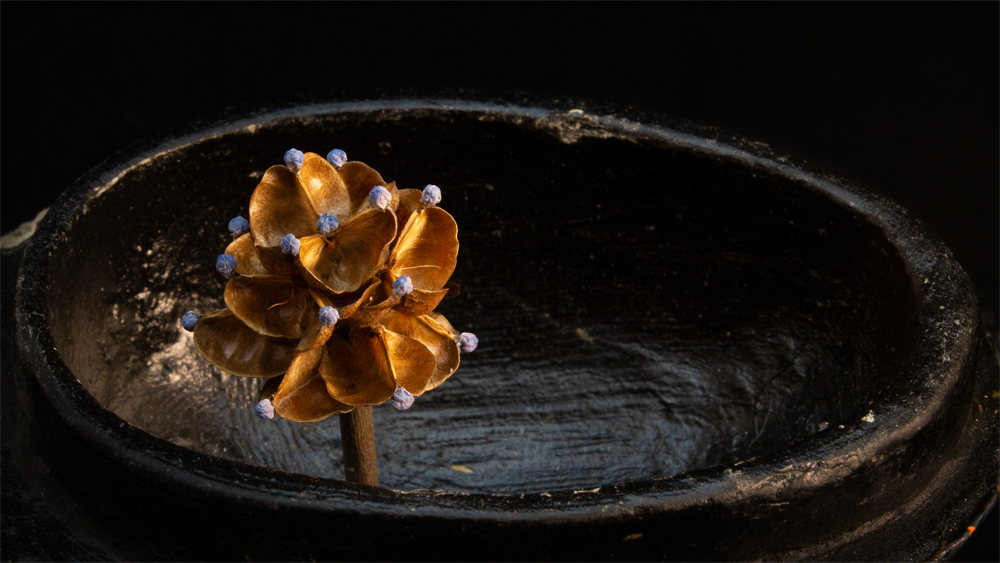

Which scientists and/or artists inspire and/or have influenced you?
My practice has literary roots in Samuel Taylor Coleridge and Mary Shelley, and it’s been inspired by Emily Dickinson and her herbarium; Charles Darwin and his work in botany and evolution; Raku Inoue and his flower insects; Brittany Asch and her out-of-this-world floral arrangements; Edward Lear and his nonsense botany; Dr. Daniel Chamovitz, author of What a Plant Knows, and his anthropomorphic approach to plant education (I recently took one of his online courses and had my mind blown); and, Dr. Tim Wing Yam and his work with orchids. He’s the principal researcher of orchid breeding and reintroductions at the Singapore Botanic Gardens. I flew home for a few weeks in July and he agreed to meet me. While walking around the orchid garden, he told me more about orchids and his work. Even though it was quite recent and only for a short time, that experience has already had me adjust my thinking and approach.


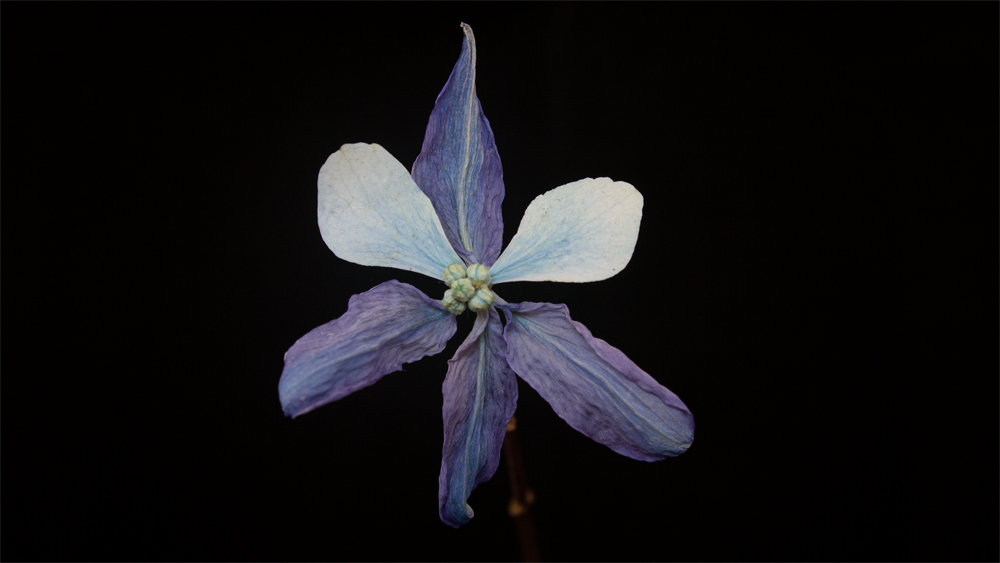
Is there anything else you want to tell us?
I also compile Seagery Zine, a small print publication that explores the overlap between art, science, and literature. The third issue, That Side of Paradise, will be out soon with more contributors and special interviews. And it’ll be at Canzine on September 21 at the Vancouver Public Library (Central Branch).
All images courtesy of the artist. Find out more at Katrina Vera Wong‘s website, Instagram account, or Polyfield Gallery Exhibit.
Share this Post

